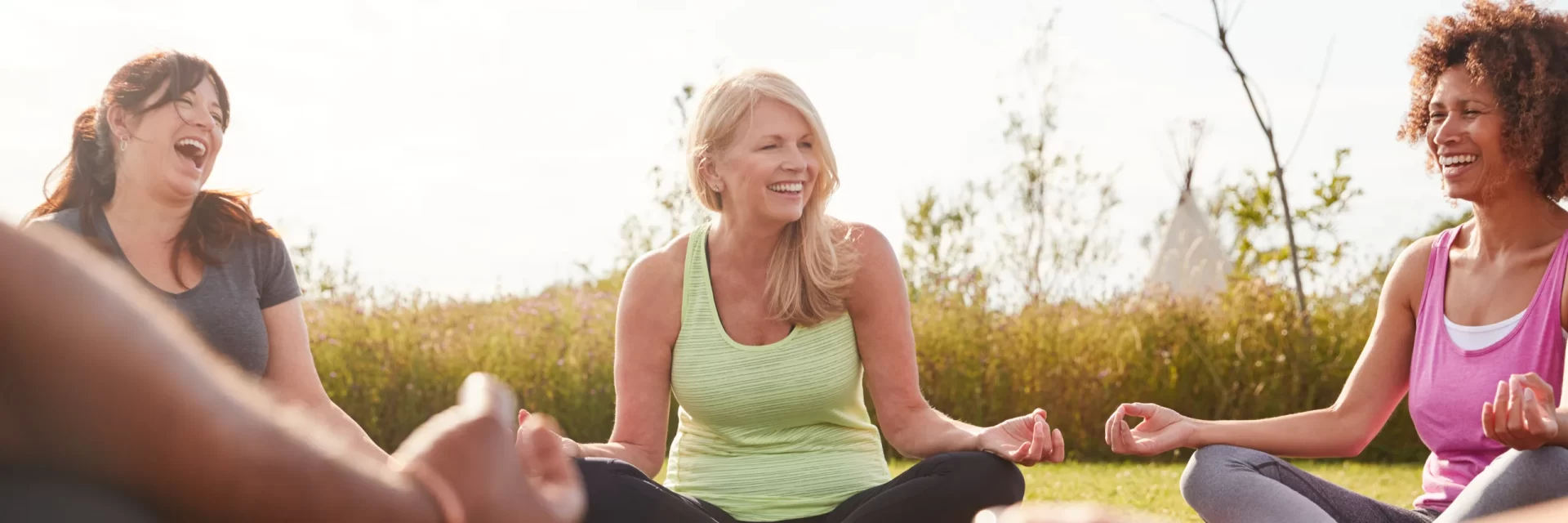
What is Ayahuasca Retreat?
What is an Ayahuasca retreat? Read our guide to find out everything you need to know about Ayahuasca retreats and what to expect if you attend one.
Ayahuasca has been used by indigenous people in the Amazon for generations in spiritual and healing ceremonies, but only recently has it become more popular in North America and Europe. Ayahuasca is known for its healing and transformative properties, which has led to it being sought as a form of spiritual or therapeutic tourism.
Ayahuasca retreats are a way to provide people access to the plant medicine, which isn’t legal everywhere, but what is an Ayahuasca retreat, and what can you expect if you attend one? Read on for everything you need to know.
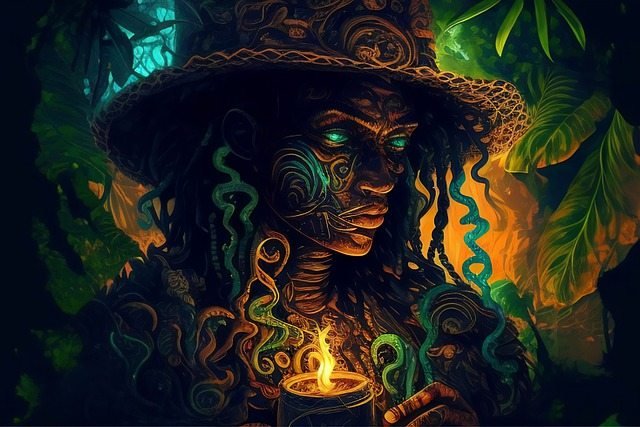
What is Ayahuasca?
Ayahuasca is a form of plant medicine that has been used for centuries by the indigenous people of the Amazon basin for healing and spiritual purposes. It’s made by combining the stem of the Banisteriopsis caapi vine and the leaves of the Psychotria viridis shrub (along with other plants) into a tea, which is then consumed.
The plant medicine contains the active ingredient dimethyltryptamine (DMT), a psychoactive chemical with hallucinogenic properties.
Is Ayahuasca Legal?
Ayahuasca is considered a hallucinogenic drug and a Schedule I psychotropic substance. It is illegal to possess or consume it in both the United States and Canada, though there are some religious groups in both countries who have been permitted to import and consume Ayahuasca.
What is an Ayahuasca Retreat?
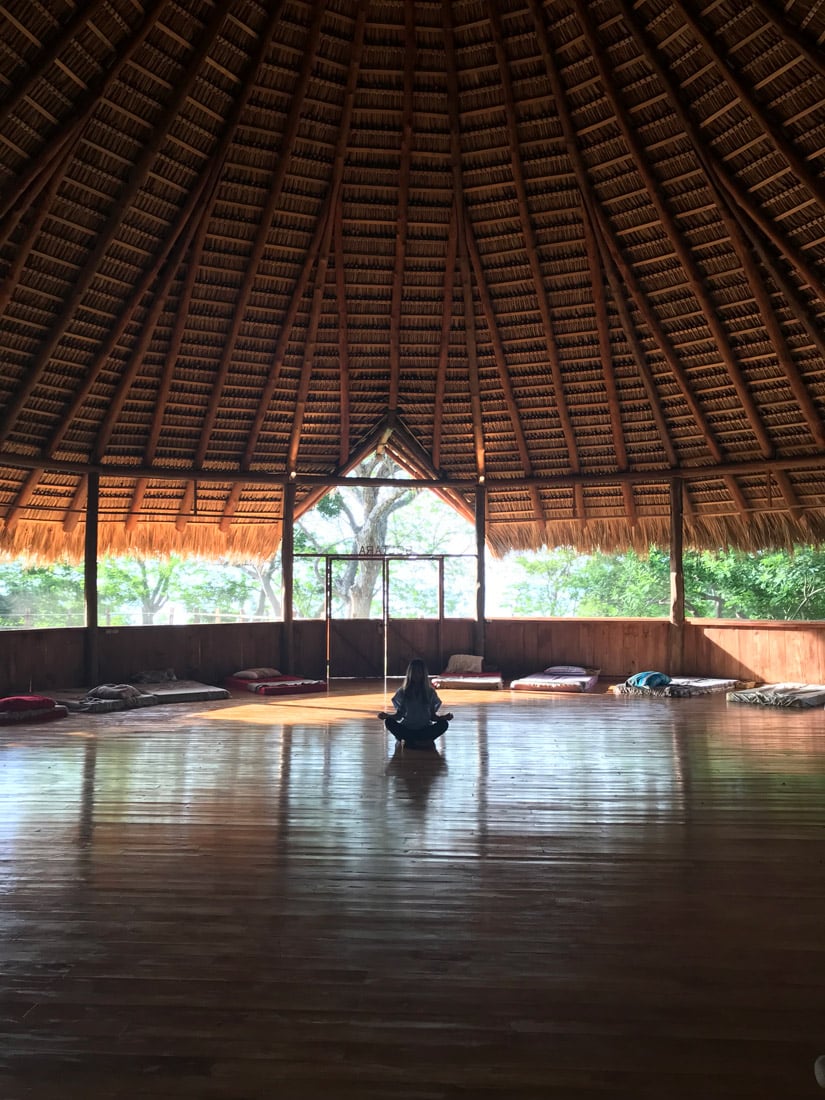
Image by: Soltara Healing Center
Because Ayahuasca is illegal in the United States, Canada, and many European countries, people from these nations travel to places such as Costa Rica, Peru, and Brazil, where Ayahuasca is legal, to attend multi-day Ayahuasca retreats.
During these retreats, participants drink Ayahuasca tea under the guidance of experienced shamans in what’s known as an Ayahuasca ceremony.
Why Go on an Ayahuasca Retreat?
Psychedelics are being studied as ways to treat anxiety, depression, PTSD, addiction, and other emotional and psychological disorders. Many people seek to have an Ayahuasca experience as a way to treat these disorders, improve their mindfulness, or for spiritual purposes.
Your reason for going on an Ayahuasca retreat may be different than another person’s, even if you share the same group experience once you get there.
What to Expect on an Ayahuasca Retreat
Each Ayahuasca retreat center is a little different, which is one of the reasons why it’s important to do your research when choosing one. Many of them will even tailor the experience to your individual needs, but here are some of the common things you might see and experience at any Ayahuasca retreat.
Ayahuasca Retreat Accommodations
Multi-day Ayahuasca retreats will provide you with a place to sleep during the retreat. Accommodations vary depending on the retreat, but the best retreats offer a tranquil, peaceful place for you to rest your head. Some retreats have single or shared rooms, while others will put you up in a yurt or bungalow.
The Ayahuasca Ceremony
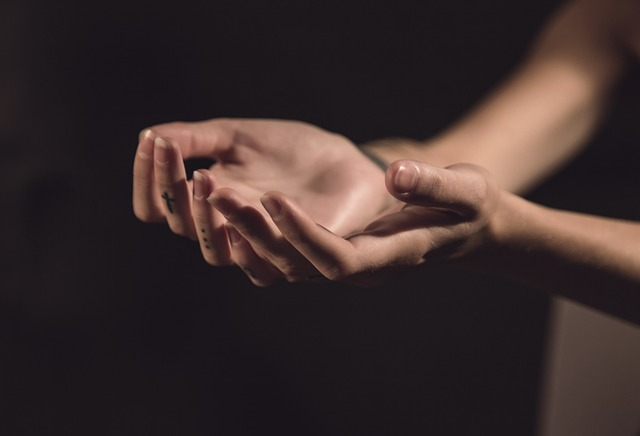
The Ayahuasca Ceremonies are the main event, and most retreats will have you participate in one ceremony per night over the course of several nights. Many Ayahuasca ceremonies are performed in a group setting, with group sizes depending on the retreat.
You’ll set your intentions, and the shaman will present you with the Ayahuasca tea in a ritualistic ceremony. After you drink the tea, most retreats will have you sit or lie down in the ceremonial space (though you are free to come and go as you wish) and wait for the healing effects to begin.
The tea usually takes effect in about 20 to 30 minutes, but for some people can take up to an hour. During your trip, musicians or the shaman will often sing icaros—magical songs meant to assist your journey and healing process. The shaman and any medical staff (if the retreat offers them) will be on hand during your trip to assist and guide you if need be.
The Trip

Image by: Rythmia
Your psychedelic trip may last around five or six hours (though it can be more or less, depending on the dose of Ayahuasca you take and your individual body chemistry.) During this time, you may experience hallucinations or visions, an altered state of consciousness, out of body experiences, and intense emotional experiences.
Purging is considered to be a natural part of the Ayahuasca experience and is thought to be a form of cleansing or healing. During your trip, you may experience vomiting, diarrhea, or crying as part of this cleansing process.
The resurfacing and subsequent release of old memories and trauma is a common experience during an Ayahuasca trip. Many people report experiencing both the frightening and the divine over the course of their trip but agree that even the purging and other negative effects can be worth the intense emotional release felt.
Additional Activities That May Be Offered on an Ayahuasca Retreat
Every Ayahuasca retreat is different, but many will offer activities beyond the nightly Ayahuasca ceremony (though that’s still the star of the show). Some things you might expect to find offered on your Ayahuasca retreat include yoga classes, massage, meditation and mindfulness practices, breath work, a spa, or chef-prepared nourishing vegan meals.
These are meant to enhance the experience and assist in the deep healing journey guests embark on with Ayahuasca. (Pro tip: if you have trouble meditating in a group setting, consider packing a pair of noise-canceling headphones to block out distractions.)
In addition, many of the retreats take place in gorgeous, scenic locations surrounded by tropical rainforests, mountains, or the ocean, giving guests plenty of opportunities to take in the healing power of nature.
How to Prepare Yourself for an Ayahuasca Retreat
Once you book a retreat, you’ll most likely receive instructions regarding how to prepare yourself for the experience. Every retreat is different, but most of them will suggest that you adhere to a specific diet in the days or weeks leading up to your retreat to help your body react more positively to the plant medicine.
Most Ayahuasca preparation diets will have you avoid alcohol, drugs, and caffeine leading up to the ceremony. Many will have you adhere to a vegetarian or vegan diet that is low in fat and free of sugar.
Most retreats will require you to submit to a health evaluation to ensure that you are mentally and physically healthy enough to participate in the ceremony.
Benefits of an Ayahuasca Retreat
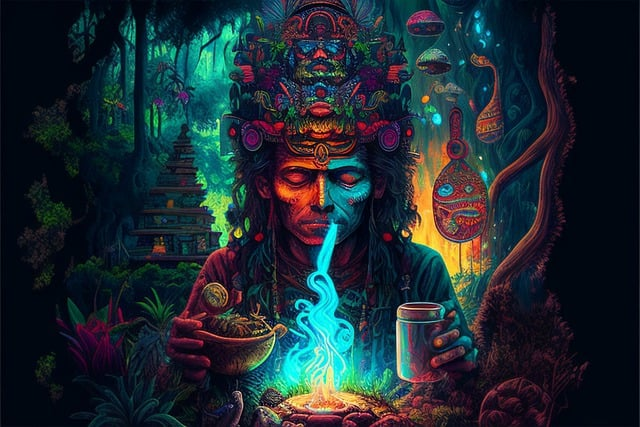
More research is needed to fully determine the benefits and risks associated with Ayahuasca, but participants have reported benefits long after an Ayahuasca ceremony has ended. Some claim it’s like condensing years of therapy into one retreat and credit the experience imparting spiritual transformation and growth. Others report increased self-awareness or creativity, help with decision-making, or even a life-changing new perspective on things.
Risks of an Ayahuasca Retreat
Ayahuasca is a powerful psychedelic, and there’s no guarantee of a good experience while taking it. Many people report a mixture of euphoric and terrifying experiences after drinking the psychoactive brew. Some “normal” aspects of the trip, such as vomiting, diarrhea, and certain hallucinations, can also be harrowing. You may want to bring along some Tummy Drops for after the ceremony.
Drinking Ayahuasca can increase your blood pressure and heart rate, so people with heart conditions shouldn’t participate in Ayahuasca ceremonies. Ayahuasca can also interact with certain medications. People with a history of certain mental disorders should also avoid Ayahuasca or contact a physician before attending a ceremony.
If you do choose to go on an Ayahuasca retreat, it’s imperative that you do your due diligence and make sure that you choose a shaman and retreat that you trust. The shaman will be mixing the brew and monitoring you during your Ayahuasca journey, so you need to be able to rely on them for your health and safety.
How to Choose an Ayahuasca Retreat
It’s most important that you do your research when choosing an Ayahuasca retreat. Make sure that the retreat is professionally run, has an excellent reputation, and has a staff and shaman that you can trust. If having medical or psychological staff on hand is important to you, make sure to choose a retreat that offers these services.
See our list below of some of the most popular Ayahuasca retreats.
Some Popular Ayahuasca Retreats
-
Rythmia in Costa Rica
-
Hummingbird Healing Center in Peru
-
Soltara in Costa Rica
-
Spirit Vine in Brazil
-
Ayahuasca Foundation in Peru
-
APL Journeys in Spain and Mexico
Who Should Go on an Ayahuasca Retreat?
Anyone with a strong desire to try Ayahuasca and who feels ready for the experience can go on an Ayahuasca retreat—as long as they’re physically and psychologically healthy enough for the ceremony. It’s always a good idea to consult a physician before taking a new substance, especially if you’re unsure whether or not you have any underlying conditions that may be exacerbated by the plant.
Final Thoughts
Although it’s still considered an illegal hallucinogenic drug in places like the United States, Canada, and much of Europe, Ayahuasca has been used for generations by experienced healers in the Amazon to treat health conditions and for spiritual purposes. If you’re considering attending an Ayahuasca retreat, make sure to do your research and know the risks before you sign up.
